Forget keys! A connected lock is a secure, easy-to-install, and convenient way to control who can access your home and when. These are the best smart locks we’ve tested.
With the ability to increase the convenience and security of your entryway, a smart lock is arguably the most important part of a connected home. There’s no shortage of options to choose from, from fully installed models that replace your existing deadbolt to renter-friendly retrofit solutions. Here at 4Foo, we’ve been testing smart locks since they first hit the market. We evaluate all of the most popular models, installing and testing them in our own homes to help you decide which one to buy. With an outstanding 4.5-star rating and an Editors’ Choice award, the Ultraloq Bolt Fingerprint is the best smart lock overall thanks to its reliability and versatility. If it isn’t the right fit for your home, we have a range of excellent alternatives, all of which have earned our stamp of approval through rigorous firsthand testing.
Deeper Dive: Our Top Tested Picks
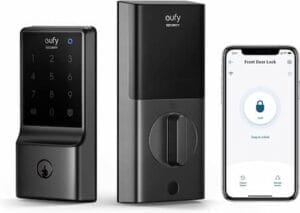
eufy Security Smart Lock C210
Keyless Entry Door Lock, Built-in WiFi Deadbolt, Smart Door Lock, No Bridge Required.
GET IT NOW
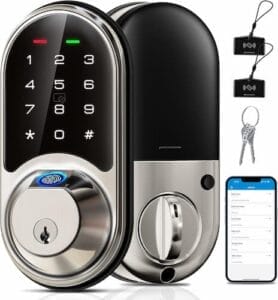
Veise Smart Lock
Fingerprint Door Lock, 7-in-1 Keyless Entry Door Lock with App Control, Electronic Touchscreen Keypad.
GET IT NOW
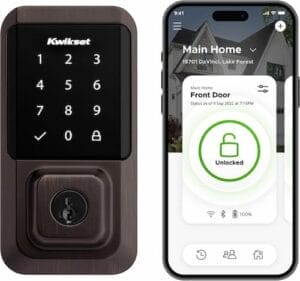
Kwikset Halo Wi-Fi Smart Lock
Keyless Entry Front Door Touchscreen Deadbolt, App Control, Grade AAA Certified, Easy Install.
GET IT NOW

Aqara Smart Lock U100
Fingerprint Keyless Entry Door Lock with Apple Home Key, Touchscreen Keypad, Bluetooth Electronic Deadbolt.
GET IT NOW

Yale Home Assure Lock 2 Deadbolt
Black Suede Keyless Entry Door Lock with Digital Touchscreen Keypad.
GET IT NOW
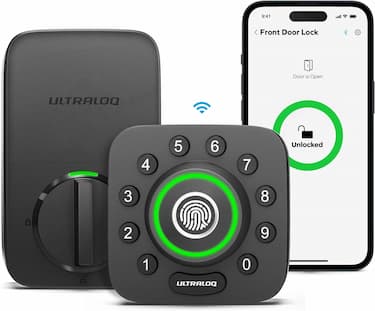
ULTRALOQ U-Bolt Pro
WiFi Smart Lock with Door Sensor, 8-in-1 Keyless Entry Door Lock with Built-in WiFi,Fingerprint ID,App Remote Control.
GET IT NOW
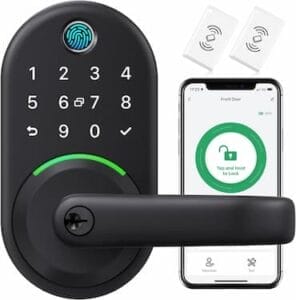
Yamiry Fingerprint Smart Lock
Keyless Entry Door Lock for Front Door – Digital Door Lock – Deadbolt Lock with APP.
GET IT NOW
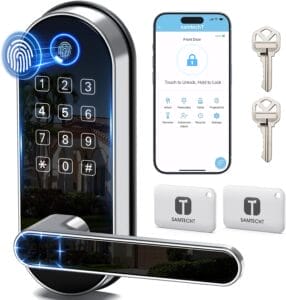
SamtechT Smart Lock
Keyless-Entry Keypad Fingerprint Smart Lock: Digital Door Lock with Code Passcode.
GET IT NOW
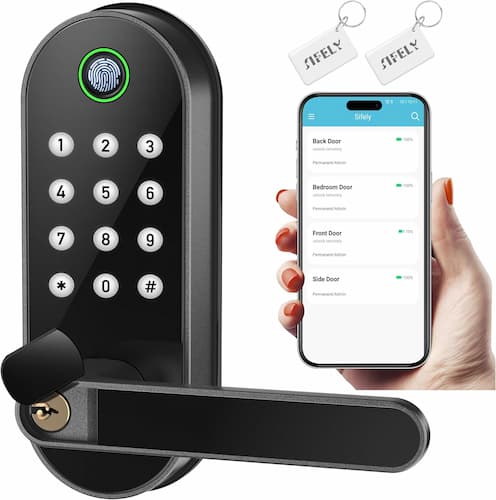
Sifely Smart Lock
Digital Electronic Lock with Code Passcode, Electric Door Knob, Biometric Door Handle Lock
GET IT NOW
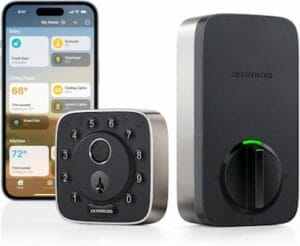
ULTRALOQ Bolt Fingerprint
Smart Lock – Works with Apple HomeKit – Built-in WiFi Keyless Entry Door Lock – Voice Control with Siri.
GET IT NOW
Buying Guide: The Best Smart Locks for 2025
What Is a Smart Lock?
A smart lock allows you to easily lock and unlock your door through various methods such as a keypad and PIN code, a mobile app, and/or a fingerprint scanner. For added security, a smart lock also monitors who enters and leaves your house when you’re away. While some models simply let you use your phone to open and close doors, others let you assign special access privileges to friends, family members, or staff. The most advanced options work with voice commands and support third-party smart home devices and services.
What to Look For When Buying a Smart Lock
One of the first things you should consider is how much it costs to upgrade your traditional lock. After all, a smart lock costs a lot more than the standard-issue lock you can pick up at the local hardware store. A few smart locks cost around $100 (not many of which made this list), but if you want a lock that you can control from anywhere and that offers features such as voice commands, push and email notifications, and tamper alarms, expect to pay somewhere between $200 and $300.
Many smart locks pair with a mobile app that allows you to lock and unlock doors with a simple icon tap. Some offer access via the web, allowing you to control things from your PC. Most apps allow you to add permanent and temporary users, as well as set access schedules for specific days and times. Make sure your smart lock records activity logs so you can go back in time to see who entered or exited your home and when.
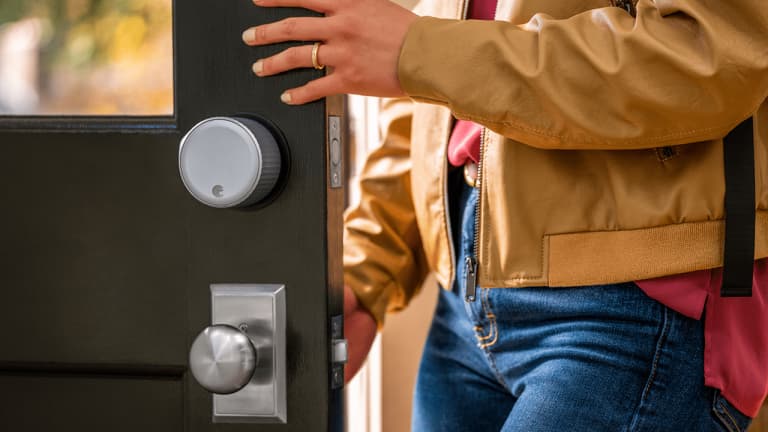
If the lock is Bluetooth-enabled, you have to be within range (around 30 feet) to control it. However, locks with built-in Wi-Fi radios or that use a Wi-Fi bridge allow you to connect from almost anywhere once you set them up with your router.
The latest smart locks offer features such as voice controls, geofencing, and auto-locking features. Voice commands via the companion app make smart locks much more convenient; for example, you can simply tell your phone to “unlock the front door” to disengage the lock.
Geofencing features ensure that you never have to worry about whether you locked up after you left the house; just use the mobile app to set up a perimeter around your home and make sure your phone’s location services are active. When you leave the perimeter, you can set the lock to engage behind you automatically. Similarly, the auto-lock feature configures the lock to automatically engage if it remains unlocked for a specified amount of time.
Other features to look for include keyless touchpads for those times when you don’t have your phone or your keys, tamper and forced entry alarms that warn you of a possible break-in, and push, text, and email notifications that inform you in real-time when anyone enters or leaves.
Are Smart Locks Actually Secure?
Smart locks are generally considered safe to use, but as with any internet-connected device, they do come with certain risks. Theoretically, anything connected to the internet could potentially be vulnerable to hackers, and smart locks are no exception, but there are measures you can take to enjoy the convenience of these devices while minimizing your risks.
Start by securing your Wi-Fi network with a strong password to prevent hackers from accessing it to try to get to your smart home devices. Moreover, always make sure to apply any recommended firmware updates for your devices, as running older versions could leave your device vulnerable to hackers looking to exploit unpatched flaws. Enabling multi-factor authentication (MFA) on supported services is another recommended best practice.
The Best Smart Look Deals This Week
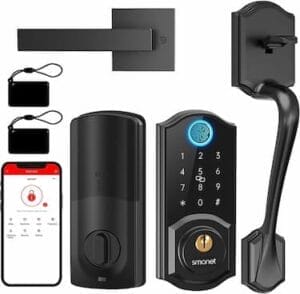
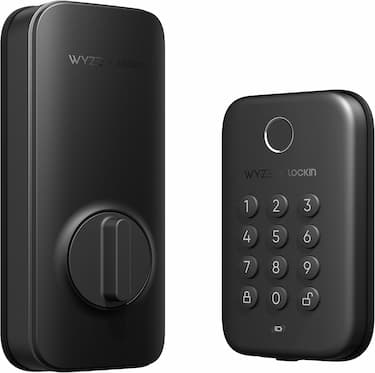
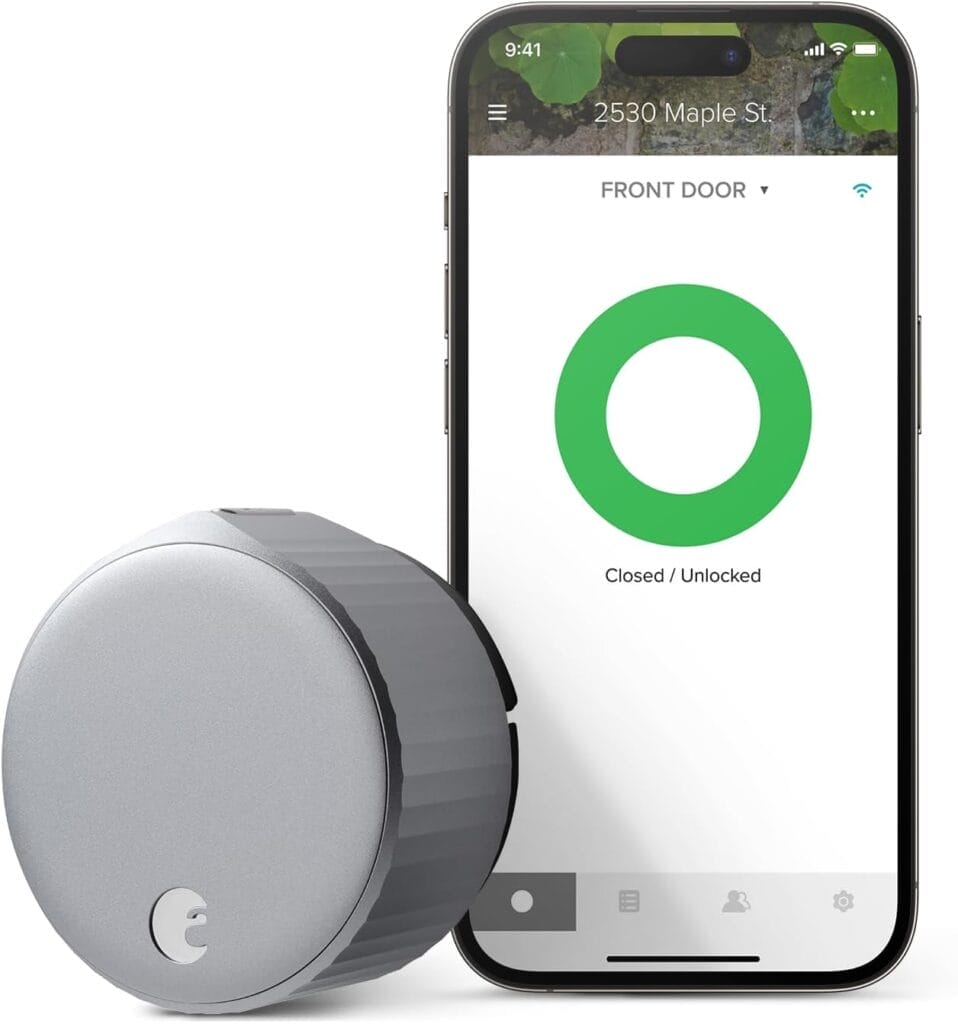
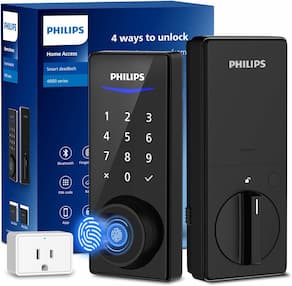
What Happens to a Smart Lock When the Power or Wi-Fi Goes Out?
Nearly all smart locks are battery-powered, not hardwired, so they will continue to work in the event of a power outage. Some but not all smart locks feature an emergency battery terminal or a USB port to power it from the outside if the battery dies.
Wi-Fi outages should not cause a lockout, as most Wi-Fi-enabled smart locks also feature Bluetooth connectivity, allowing for local app control as a backup. In the event of a Wi-Fi outage, you can still utilize a lock’s keypad and/or fingerprint scanner, if available, to gain entry. For additional peace of mind, get a smart lock with a physical key slot, and keep the key on you or hidden near your entryway to protect against lockouts.
Which Smart Lock Brand Is the Best?
Based on our current review ratings, Ultraloq, Lockly, and August are the top three smart lock brands. We have also given excellent scores to smart locks from Aqara, Eufy, Igloohome, Kwikset, Proscenic, and Yale.
That said, we won’t necessarily recommend that you shop for a smart lock based on the brand alone. Most manufacturers sell a range of models with different features, pricing, and varying levels of performance. Just because a certain brand makes one highly rated model, it doesn’t mean all of their smart locks are good. For instance, the Proscenic L60 smart lock earned an excellent rating in our review, but the L40 rated much lower because we found it was difficult to install.
How to Install a Smart Lock
None of the locks we tested are especially difficult to install, but some are easier to set up than others. Some are even viable for renters.
If your new lock comes with both an interior escutcheon (the housing you mount on the inside of your door) and an exterior component (usually a touchpad or a keyed cylinder), you probably need to completely remove your old lock (including the deadbolt mechanism and strike plate), before you can install the new device. This is simply a matter of removing the two bolts that attach the interior escutcheon to the exterior component and removing both pieces. Two screws also secure the deadbolt in place.
The good news is that most smart locks work with standard pre-drilled holes; you rarely have to worry about drilling new ones. Additionally, some smart locks simply attach to the inside of your door and use your existing keyed cylinder and deadbolt hardware; with those locks, you have to remove the interior escutcheon only. Either way, estimate anywhere between 10 and 25 minutes to remove your old lock and install the new one.
Alternatively, you can use a conversion kit like the SwitchBot Lock to add smart features to your existing hardware. Just note that this particular option requires the purchase of a separate hub to unlock its full capabilities.
Can Alexa Control Door Locks?
Some locks integrate with other connected home devices, such as smoke alarms, and services, such as Amazon Alexa, Apple HomeKit, Google Assistant, IFTTT, and Matter. IFTTT is what lets you, for example, configure your doors to unlock when a smoke or carbon monoxide alarm goes off or set your smart lights to turn on when someone unlocks the door.
Depending on your home automation setup, you can even pair your lock with a video doorbell so you can see who is at the door before you unlock it. You might also configure an indoor security camera to begin recording when someone unlocks the door.
Other Kinds of Smart Locks
Keep in mind, not all smart locks are designed for your door. The Igloohome Smart Padlock 2 and Bridge is a connected padlock, for instance. Models like this are built to be as tough as any standard lock, but use Bluetooth to unlock with the tap of a button when you’re nearby. They also let you grant temporary or permanent guest access via the app. The Igloohome padlock also includes a Wi-Fi bridge that enables remote access from anywhere.
The Yale Smart Delivery Box, meanwhile, is a secure package drop box that not only protects your deliveries from porch pirates but also shields them from the weather. This Wi-Fi-enabled smart box will automatically lock and send a push alert when your delivery has arrived, and you can lock and unlock it with your phone, voice, or a keypad.















